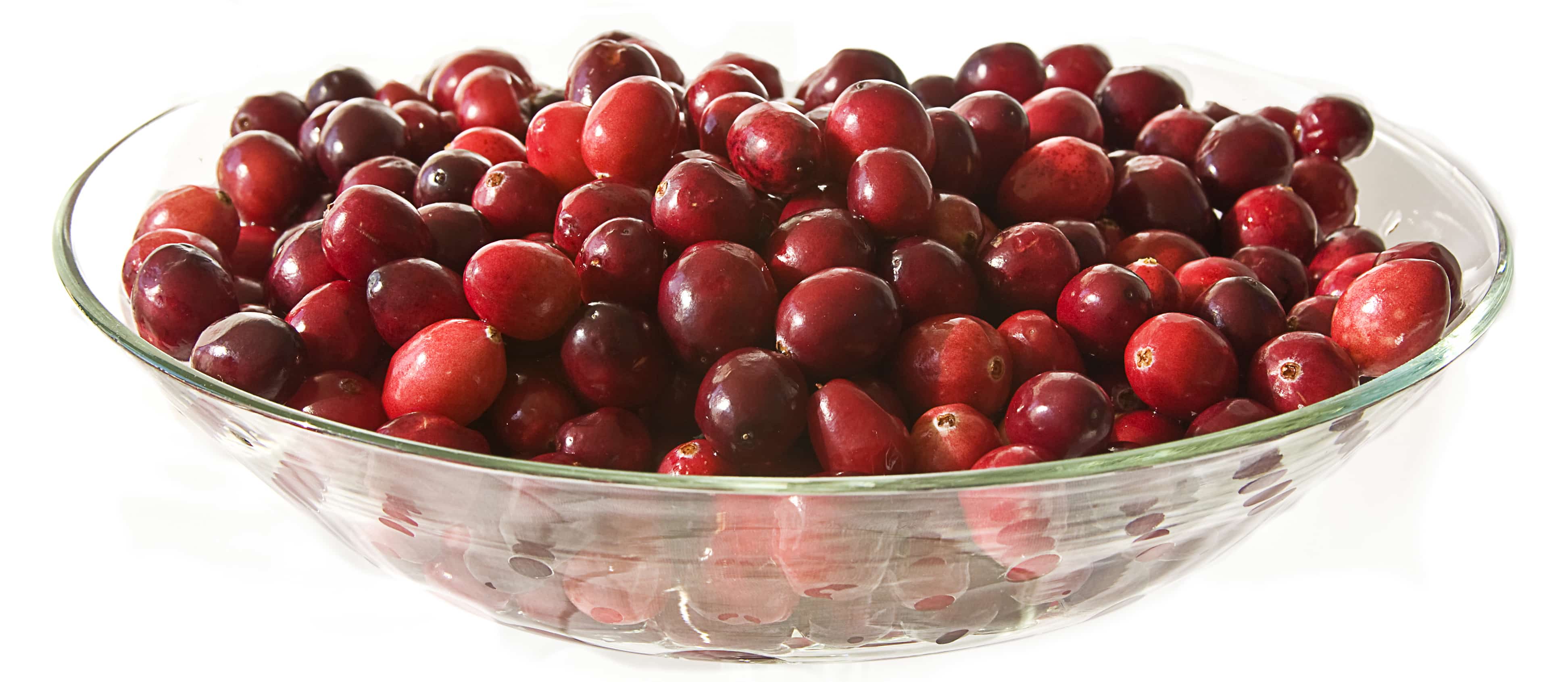In research I profiled in my video Which Fruit Fights Cancer Better?, cranberries were found to suppress the growth of human liver cancer cells in vitro. Other studies have found similar effects against human breast, colon, brain tumor, oral, and ovarian cancer cells. In my 4-min video Cranberries versus Cancer I profile the latest looking at prostate cancer cell growth.
The United States has the highest rate of prostate cancer in the world, so let’s try a native American fruit! Researchers started out with about 50,000 human prostate cancer cells in a petri dish and if you do nothing, within a day you’re closer to 100,000, then 200,000 and then nearly 400,000 within 72 hours. But by adding just a tiny amount of cranberries, that exponential cancer growth can be blocked.
The reason they tested such tiny concentrations is that we only absorb a small fraction of the cranberry phytonutrients we eat into our bloodstream. Still, cranberries are cheap. If drug companies and supplement manufacturers are going to capitalize on this they needed to find cranberry’s active ingredient.
In my video Cranberries versus Cancer I show a graph with some of the various phytonutrients in cranberries. Different fractions were tested against various types of cancer to find the magic bullet. Various fractions of phytonutrients inhibited colon cancer cell proliferation about 15 percent, but nothing compared to the total extract of the whole fruit. There seems to be additive or synergistic anti-proliferative effects resulting from the combination of the various components compared to individual purified phytochemicals. So it’s always better to eat the whole fruit.
How do you do that with cranberries, though? Although five percent of cranberries are sold fresh, the vast majority are consumed as processed products. To get the same amount of anthocyanin phytonutrients in a cup of fresh or frozen cranberries, you’d have to drink 16 cups of cranberry juice cocktail, eat seven cups of dried cranberries, or 26 cans of cranberry sauce!
The problem is that raw cranberries are so tart that folks may opt for the 7 cups of dried. In a taste test survey, consumers said they wouldn’t mind eating dried cranberries every day, but the preference for raw cranberries sloped down toward maybe once a year. The problem is dried cranberries tend to come sweetened. Raw cranberries don’t affect your blood sugar, but sweetened dried cranberries do—even the low sugar varieties.
What about cranberry “juice”? Cranberry cocktail is usually only about a quarter cranberry juice. The ruby red phytonutrients in cranberries and pure cranberry juice are powerful antioxidants, increasing the antioxidant capacity of our bloodstream within hours of consumption. But the high fructose corn syrup acts as a pro-oxidant, even with added vitamin C, canceling out some of the cranberry benefit.
And for another reason to avoid high fructose corn syrup: Mercury in Corn Syrup?
More on nutrient synergy in:
- Fighting Inflammation With Food Synergy
- Garden Variety Anti-Inflammation
- New Mineral Absorption Enhancers Found
- Apples and Oranges: Dietary Diversity
- Constructing a Cognitive Portfolio
Suppressing cancer growth in a petri dish is nice, but what about within the human body? Check out my videos Strawberries versus Esophageal Cancer and Black Raspberries versus Oral Cancer.
-Michael Greger, M.D.
PS: If you haven’t yet, you can subscribe to my videos for free by clicking here and watch my full 2012 – 2015 presentations Uprooting the Leading Causes of Death, More than an Apple a Day, From Table to Able, and Food as Medicine.
